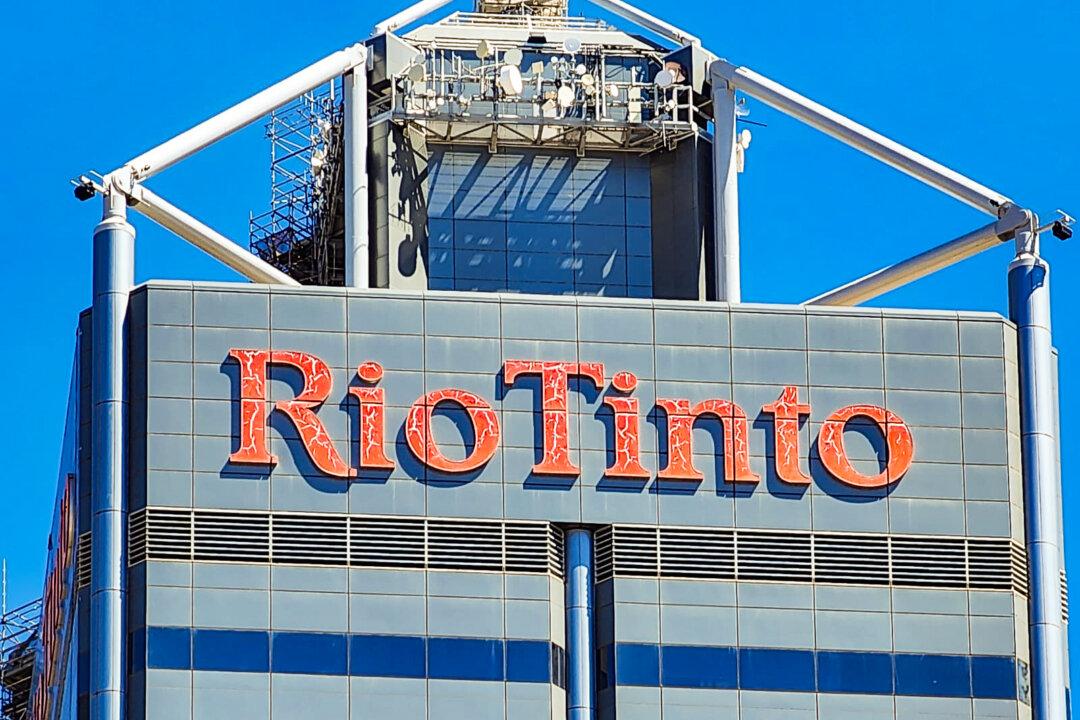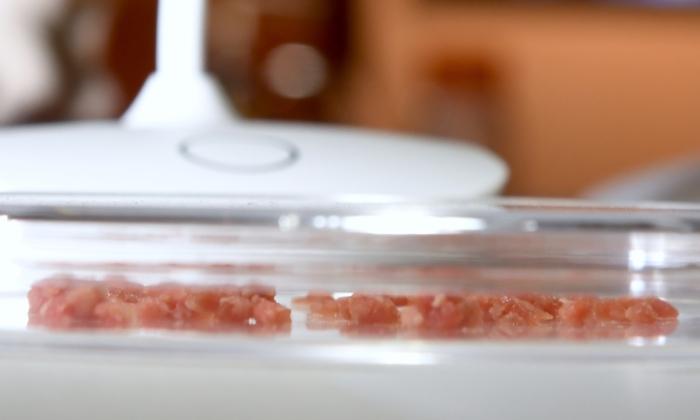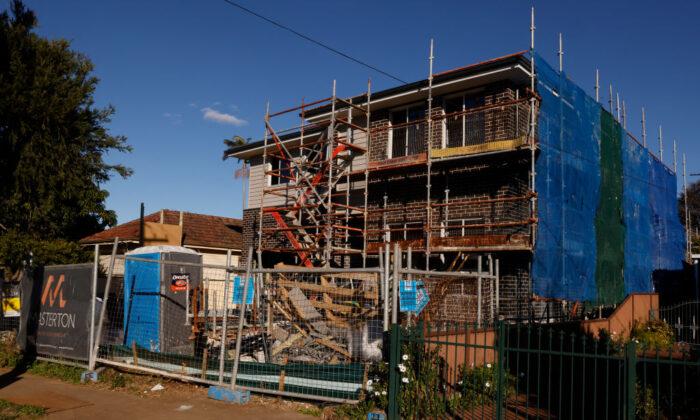Mining industry giants Rio Tinto Group and BHP announced its collaboration on testing large battery-electric haul truck technology in Pilbara, Western Australia.
Both companies said they will work with Caterpillar and Komatsu to conduct independent trials of various products such as battery-electric haul trucks, including testing of battery, static, and dynamic charging systems, to assess their performance and productivity.
In addition, the collaboration will trial two Cat 793 haul trucks from the second half of 2024, and two Komatsu 930 haul trucks tested from 2026 at mine sites in Pilbara.
Caterpillar announced in November 2022 that it successfully demonstrated its first battery electric 793 large mining truck, with BHP, Freeport-McMoRan, Newmont, Rio Tinto, and Teck Resources as participants in its Early Learner program.
“This collaboration brings together two leading global miners with two of the world’s biggest manufacturers of haul trucks to work on solving the critical challenge of zero-emissions haulage,” said Rio Tinto Iron Ore Chief Executive Simon Trott.
“As we work to repower our Pilbara operations with renewable energy, collaborations like this move us closer to solving the shared challenge of decarbonising our operations, and meeting our net zero commitments.”
Since 2021, both Rio and BHP have worked with Komatsu and Caterpillar to support the development and validation of their prototype battery-electric haul trucks. The trucks included in these trials are based on these prototypes.
A report from the McKinsey and Company shared that mining contributes between 1.9 and 5.1 gigatons of carbon dioxide equivalent of greenhouse gas emissions annually.
The same report also revealed that the majority of the emissions in the sector originate from fugitive coal-based methane that is produced during coal mining operations.
Previously, Rio Tinto operated Rio Tinto Coal Australia before ceasing its operations after selling all remaining coal assets in 2018.
According to Mr. Trott, it is important for companies to work together to get to the net-zero goal as quickly and efficiently as it can.
“Testing two types of battery-electric haul trucks in Pilbara conditions will provide better data, and by combining our efforts with BHP we will accelerate learning,” he added.
In the same statement, BHP Australia President Geraldine Slattery said working with Rio and Komatsu can be helpful in decarbonising mining operations.
“Operational decarbonisation relies on breakthroughs in technology and partnerships like this will help drive our industry forward. We are thrilled to work with Rio Tinto, Caterpillar and Komatsu on these trials,” Ms. Slattery said.
“Replacing diesel as a fuel source requires us to develop a whole new operational ecosystem to surround the fleet. We need to address the way we plan our mines, operate our haulage networks, and consider the additional safety and operational considerations that these changes will bring.
“This is why trials are so critical to our success as we seek to test and learn how these new technologies will work in practice and integrate into our mines.”
In 2017, Reuters reported that BHP was integrating electric batteries in its operations to recharge its nickel business.
The company is expecting higher demand for nickel as more individuals and companies rely on electronic vehicles to lessen carbon emissions and attain the net-zero target in 2050.






